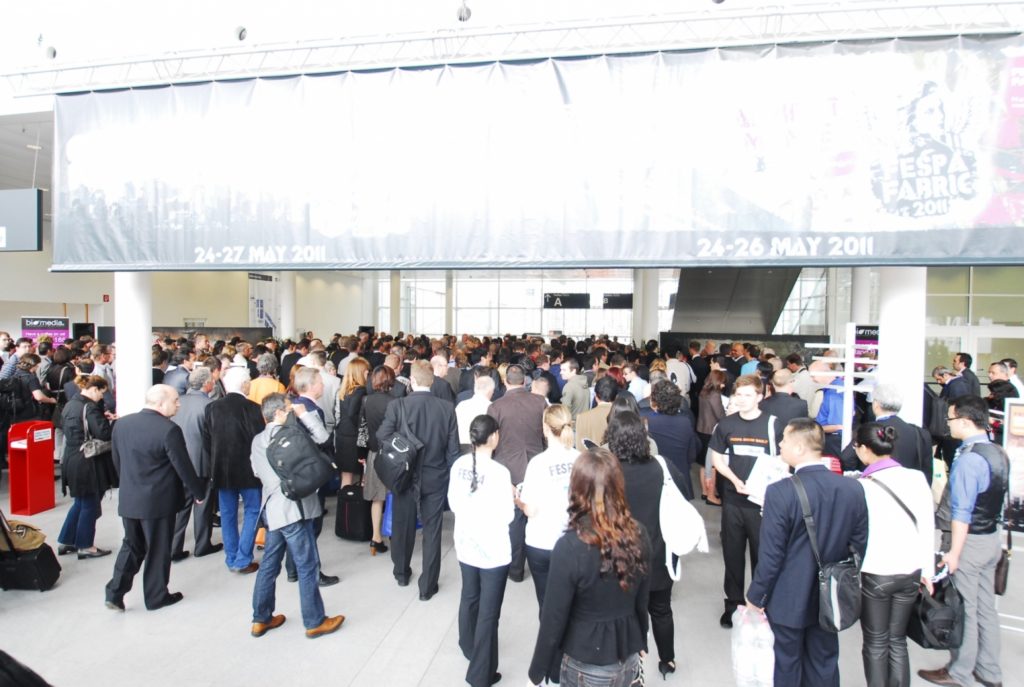With FESPA and DRUPA fast approaching, the print world is buzzing. Everyone is eager to see new innovations, learn about industry trends and build relationships. But with print still feeling the bite of the recession many marketing departments may also be looking to trim their budgets. However when looking at your marketing spend, it’s important to remember that although running an exhibit at a show can be a costly activity, it can also generate an excellent return on investment if handled correctly.
The first rule is to be prepared. Exhibitors and attendees that just show up are shooting themselves in the foot. As the old saying goes, ‘failing to plan is planning to fail.’ While there is no way to guarantee an event is worth attending, exhibitors and attendees should make sure they have done their homework. For exhibitors, that means starting their marketing well before the show. By contacting the people they want to see beforehand, exhibitors can arrange meetings, hand out information and generally raise awareness of their presence at any event. It is equally important to have a good PR plan and reaching out to people well before the show. This is a great way to increase interest and traffic for your exhibit.
Planning ahead is also important for people attending shows. Prior to the event, attendees should make a list of important stands, speakers and contacts. Once the list is complete, attendees should arrange to meet with as many people on their list as they can. This insures they get the most face time with their target audience and helps them schedule time effectively.
All of that may sound like a lot of work, but the benefits of a trade show can far outweigh the costs. For instance, the Center for Exhibition Industry Research in Chicago (CEIR) has found that 46% of executive decision makers made purchase decisions while attending a show. More importantly CEIR research shows 77% of executive decision makers found at least one new supplier at the last show they attended. That makes trade shows a great place to reach new customers.
Shows can also help cement relationships with current customers. According to CEIR’s findings, 95% of executive decision makers meet with their current suppliers at a trade show. This is no surprise, as trade shows are the original social media. They have been offering a great place to meet in real time, see people in your industry face to face and exchange news, ideas and gossip. Skipping out on that could sour client relations or worse yet, provide opportunities for competitors.
All this does not mean that trade shows are essential for every business, but they certainly deserve consideration. After all, they are still the only place where an entire industry gathers to do business, exchange ideas and prepare for the future.
